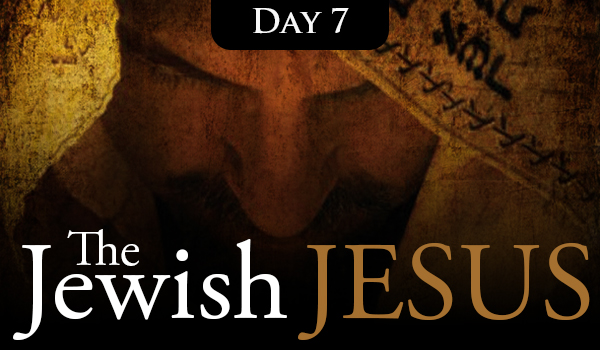
The Word became flesh and made his dwelling among us.
We have seen his glory, the glory of the one and only Son,
who came from the Father, full of grace and truth.
John 1:14
Starting during the nomadic life of Moses and the Hebrew people, God dwelt in a tabernacle, consisting of a tent and all of its contents, which were to be specifically constructed, including the priestly garments. These instructions were spelled out in Exodus 25–40. The tabernacle was contained within a 75-foot-wide by 100-foot-long enclosure. The courtyard around the tabernacle included a continuously burning bronze altar for offerings and a basin for washing.
The tabernacle itself was an inner, curtained-off area of 15 feet by 45 feet that held the Holy Place and the Most Holy Place. Within the Holy Place was a golden table for the showbread, a golden lampstand, and the altar of incense. The Most Holy Place held the Ark of the Covenant, arguably made more famous in America by the first Indiana Jones movie than by the Bible itself. The lid of the ark was called the Mercy Seat, where the blood of the sacrifice was sprinkled by the high priest for the atonement of the people’s sins.
While the tabernacle could be relocated in times of wandering and war, the temple in Jerusalem became its replacement, as a permanent place to worship God. It existed in good times and bad, and was kept to God’s standards and defiled. King Solomon built the first temple (1 Kings 6), and the second was built by Zerubbabel after the Babylonian exile (book of Ezra). It was later renovated by Herod the Great, but then destroyed in AD 70.
Of course, there is not room here to go over the tabernacle and temple in more detail. There is quite a lot to read in the Old Testament and some in the New Testament, as Jesus visited the temple often. The point for today’s devotional is to get the “30,000-foot view” and realize how Jesus replaced both the tabernacle and the temple.
No longer did God require a religious structure or institution to have a relationship with Him. In John 1:14 above, the word used for dwelling here is “tabernacle”. Jesus became flesh and dwells with us. God no longer required blood to be shed as an offering because Jesus “gave himself up for us as a fragrant offering and sacrifice to God” (Ephesians 5:2).
A literal temple was replaced by a spiritual one. Each of us individually (1 Corinthians 6:19) and corporately as the Body of Christ (Ephesians 2:21–22) are now the figurative temple where the Holy Spirit dwells. Other analogies can be found in Hebrews 8–9. I encourage you to study this sometime.